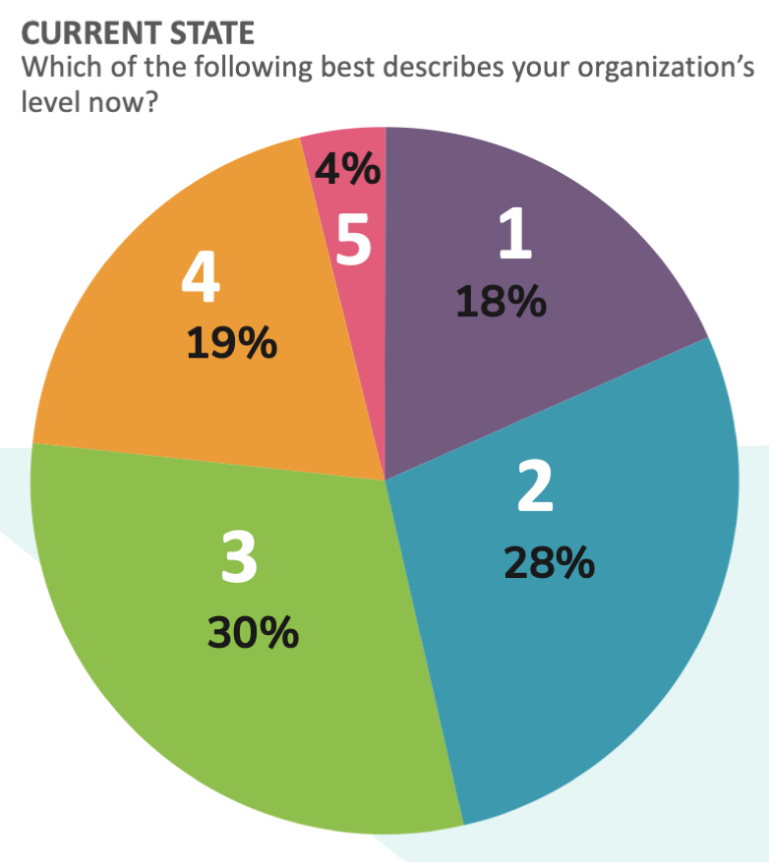
August 04, 2021
New Challenges of Content: Your Content Operations
First, I have bad news. There is no content fairy who, with the wave of a wand, will magically create, publish, deliver, and maintain the right content for your agency. But there is good news. You can establish a system of content operations that will make your life much easier—and your content much more effective. As the third and last installment in our content series, which began with Your Opportunity and Your Content Strategy, this article explains what content operations are and how you can make them work for your agency.
What Do We Mean by Content Operations?
“Content operations” is the behind-the-scenes work of managing content activities as effectively and efficiently as possible. Today, content operations often require a mix of elements related to people, process, and technology.
So, content operations are much more than scraping together a blog post every month or a press release every so often. Content operations are a thoughtful system of making content happen in alignment with your vision and strategy day in and day out.
What Are the Core Elements of Content Operations?
As I talk about in my book, "The Content Advantage," the core elements cover who is working on content and how they’re working together with technology to make content happen.

- People addresses “who.” Examples include clearly defined content roles, establishing content leaders, and training teams in content skills, technologies, and standards.
- Process addresses “how.” Examples include a clear workflow for producing content, a healthy supply chain of appropriate content, and setting standards, playbooks, or templates for content.
- Technology supports “how.” Examples include your content management system, content operations tools, and really any technology that helps you plan, create, deliver, promote, and maintain content work.
When you link these elements together in a system, you will start to see benefits.
What Are the Benefits of Content Operations?
Considering content operations will help align your behind-the-scenes activities with your content vision and strategy so that you reduce the risk of failure and make repeating or scaling success easier. More specifically, considering content operations will help you gain efficiencies and make the most of your content assets by:
- Putting the right people with the right capabilities in the right roles.
- Creating or streamlining repeatable processes with content playbooks.
- Distinguishing between content maintenance and ongoing content innovation.
- Choosing the technologies and tools, or content technology stack, with the right features to support your operations.
Another way of looking at it is content operations help you avoid these pain points:
- Duplicating efforts on content, from strategy to creation to translation to delivery.
- Offering content that is conflicting or inconsistent—or that comes across to users that way.
- Creating content with an inappropriate or non-inclusive voice or tone.
- Leaving significant gaps between user needs and your content.
- Failing to grow your content capacity and supply chain to meet demand.
- Failing to optimize processes to create, deliver, and manage content.
- Missing opportunities to learn from and act on content intelligence.
- Increasing risk of buying duplicate content-related technologies or failing to use the technologies you have to their potential.
So now that you have a sense of what content operations are and how they can benefit your agency, let’s turn to what you can do.
How Do I Get Started with Operations?
If establishing or changing your content operations sounds like a lot of work, that’s because it is. But, it’s easier now than ever before thanks to research into success factors and innovative technology.
Assess Your Level of Content Operations Maturity
The Content Science team and I developed a maturity model to help you identify your current level of content operations and then decide whether that level will support your content vision and strategy. If it doesn’t, then the model can help you plan to get to the right level of content operations.
We based this five-level model on:
- Our experience with in-depth consulting for dozens of organizations and training for thousands of content professionals.
- Our ongoing content leadership and operations studies conducted by Content Science, with more than 400 content professionals participating over the years.
If you find your agency’s maturity level is not as high as you’d like, you’re not alone. Our most recent study found 46% of organizations are at the least mature levels (levels 1 and 2), as you can see in this chart.

But we also found a strong correlation between organizations that have mature content operations (level 5) and content success. So, maturing your content operations is worth the effort.
For help identifying your agency’s level, you can do a free assessment using this Content Science tool. Your answers are anonymous unless you choose otherwise.
When Kuill from The Mandalorian said, “None will be free until the old ways are gone forever,” I thought he was talking about content. I have seen many organizations with great content aspirations never achieve them. Why? Because their content ways don’t change. They continue to lack the right process, people, and technology to make content strategy happen. But you don’t have to repeat their mistake. When you let go of ineffective ways of working and establish new ones, you free your content to be what you aspired to—and more.
